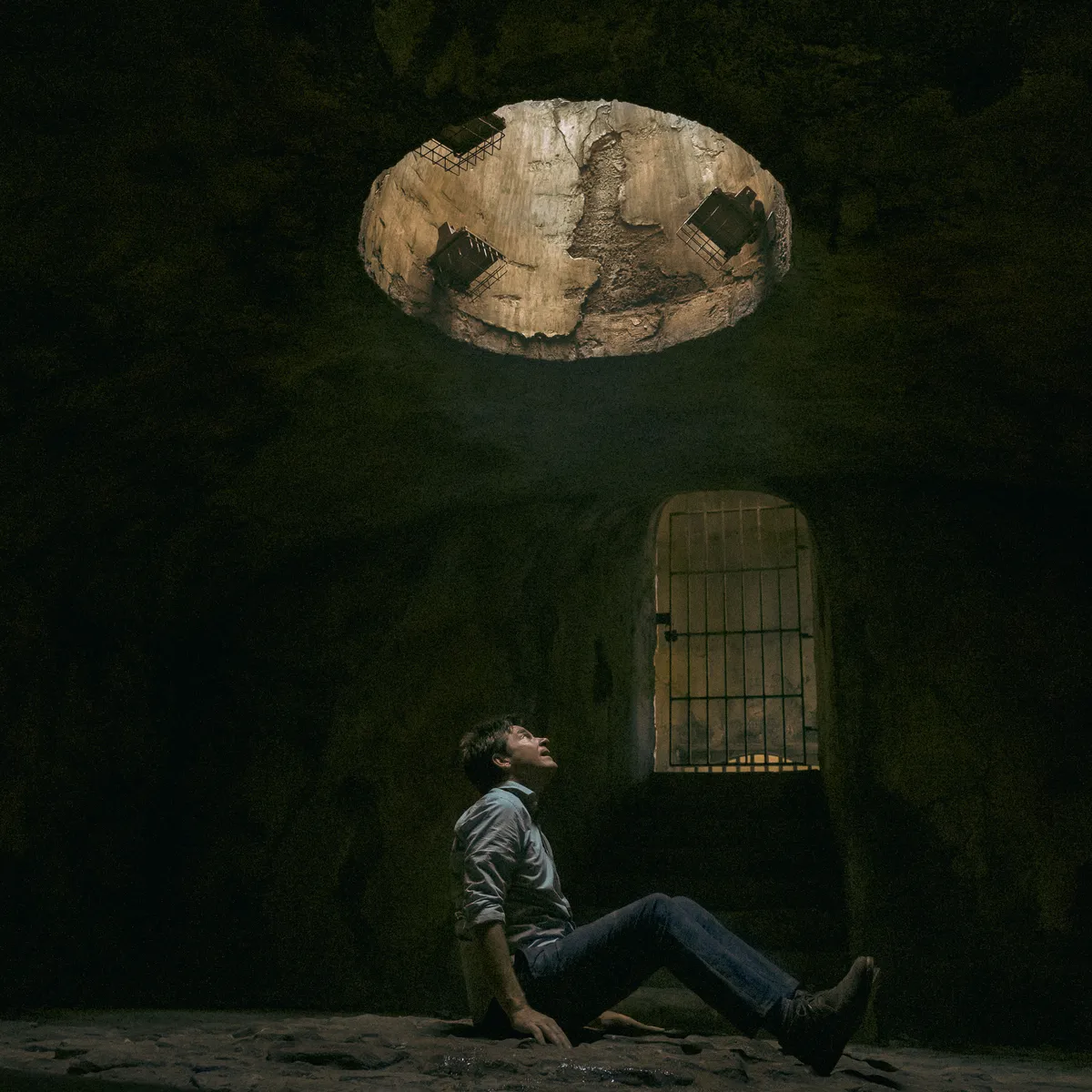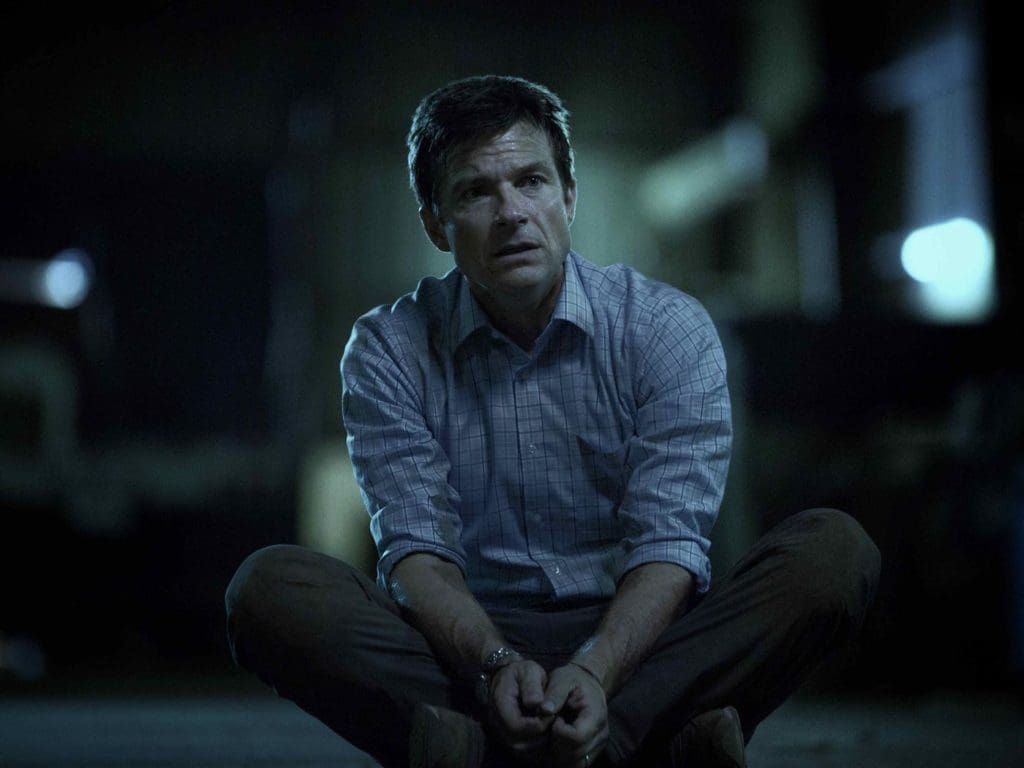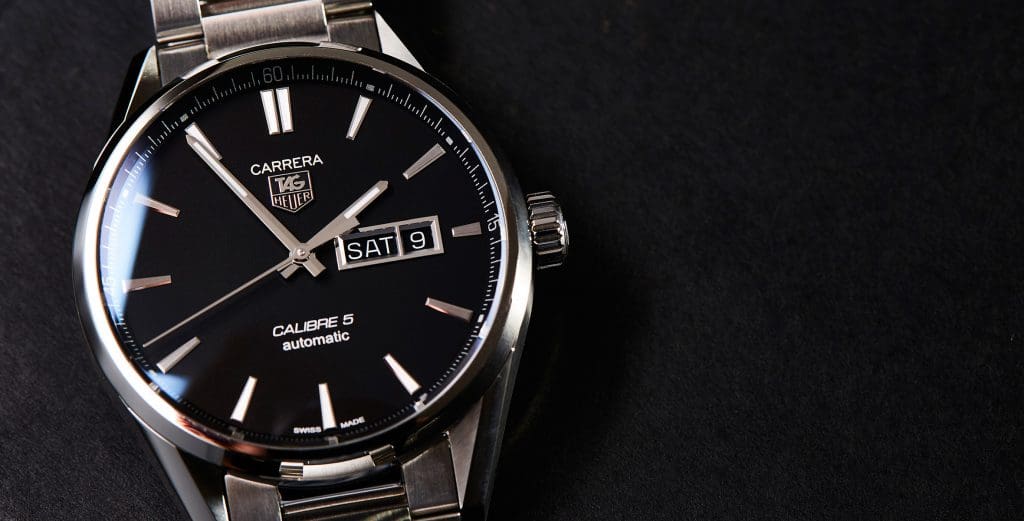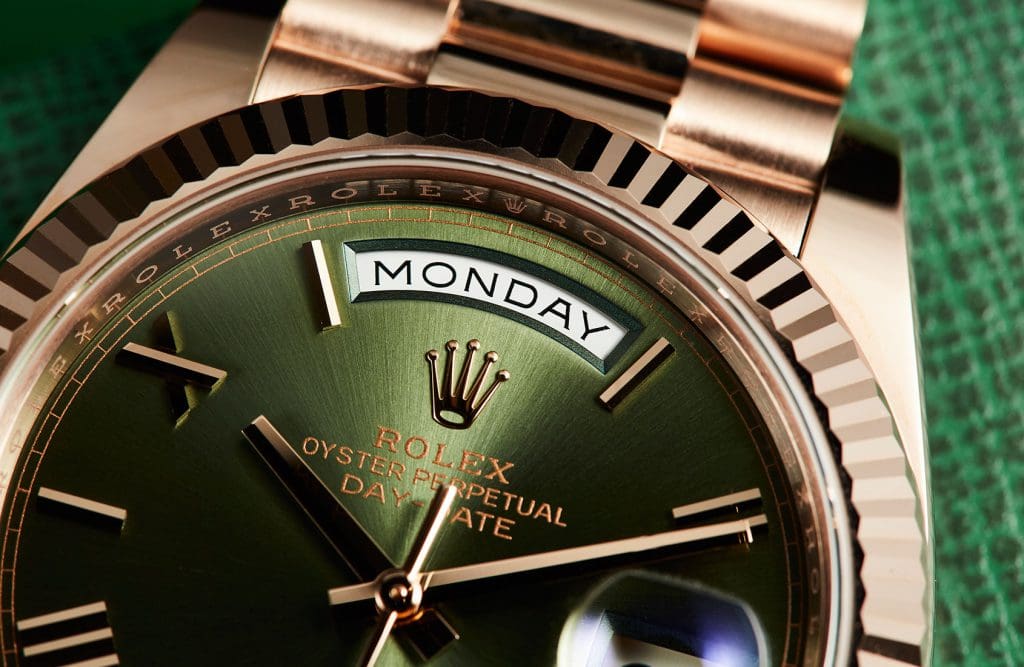What Marty from Ozark can teach you about surviving Covid disruption and the value of date windows
Luke BenedictusIn Ozark, Marty Byrde is wearily accustomed to high-stress scenarios. Physical danger is an occupational hazard when you’re a money launderer for a Mexican cartel. But in the third series of the Netflix show, Marty finds himself in a spot of real bother.
Imprisoned in solitary confinement by a murderous drug lord, Marty’s captors subject him to a battery of tactics designed to break his will. At times, Marty is blindfolded and bound so he’s unable to see or move. At others, he is dazzled day and night by full-beam lights and deafened by eardrum-shattering thrash metal.
These methods are commonly known as “soft torture”, with their soul-crushing efficiency documented in the academic journal Extreme Physiology & Medicine. Dr John Leach, a former military psychologist, explains how manipulating certain stimuli can serve to undermine a prisoner’s resistance. Exposing a victim to isolation, sensory deprivation, sensory overload, sleep deprivation and temporal disorientation, he writes, can pile stress on the cognitive system. These psychological factors are effective tools because they destroy a prisoner’s sense of control.
The impact of temporal disorientation is revealed in detail. “Denying people the means of telling the time or even knowing day from night is a common practice designed to cause confusion and cognitive disorientation,” Dr Leach writes. “This can be achieved through removal of watches and other timepieces, manipulation of clocks, sleep inversion, exclusion of natural light, broken shift patterns, allocating pseudo-random times for meals, showers and otherwise regular activities.”
Dr Leach, a specialist in survival psychology, goes on to unpack why temporal disorientation is so mentally debilitating. “The loss of control over near-term events can lead to regression or the adoption of a childlike state of dependence.”
I’m writing this in Melbourne after a year in which we achieved the dubious milestone of eclipsing Buenos Aires to become the city that has spent the longest duration in lockdown. Anyone living in the metropolitan region was effectively grounded for almost eight months. This state of affairs did, of course, obliterate the natural rhythms of life. There have been no blindfolds or handcuffs, but a mild state of temporal disorientation gripped the city. Even now with the lockdown having lifted, Covid continues to sabotage our plans with spiteful glee.
Recently, a comment by my three-year-old son revealed how our daily habits had been quietly dismantled. “Daddy, I like your special jacket!” he said excitedly. The reason for this compliment: I was wearing a collared shirt for the first time in weeks. Forced to work from home, I’ve simply abandoned my age-old habit of wearing a jacket and shirt to work. My son is now accustomed to seeing his father dress as a hungover student.
Sure, it’s just a minor detail but it exposes the insidious creep of pandemic disruption. Everyone’s schedule has gone haywire. The physical boundaries between home and work are, of course, now dead, but that’s just the start. The tent-poles that provide the scaffolding to our daily lives have been ripped down. Whatever your age or stage of life, no one has escaped. Schools, gyms, pubs, churches, football matches, birthday parties, holidays … all have become affected or indefinitely postponed.
Starved of the activities that previously delineated our lives, we feel psychically unmoored. The days bleed into each other, while the weekends are indistinguishable. Our sense of time has got smudged as the defining edges are rubbed away. During lockdown, my wife got the day of the week muddled up so often I worried she was losing her mind.
So, yes, we’re collectively experiencing temporal disorientation. And as the journal of Extreme Physiology & Medicine explains, this is not a good thing. But as COVID drags on and on, it’s up to you to reassert some control.
The horological cognoscenti tend to get sniffy about details that most right-minded people would barely notice. Whenever we review a vintage remake at Time+Tide, the presence of a date window invariably triggers an avalanche of negative comments on social media. Dress watches with date windows, in particular, cop a particular hammering for spoiling the balance and symmetry of a dial.
My former colleague Nick Kenyon used to get particularly het up about such things. “Date windows cause the watch to have a visual limp, as though in need of a walking cane,” he huffed here. But what if the date window is positioned at 6 o’clock? “It will disrupt the cleanliness of a dial, weighing it down like an ankle-attached parole bracelet.”
The objection is not solely a matter of design purity either. People take issue with the basic utility of date windows. You can, they point out, immediately glean the date from a cursory look at your smartphone or a quick peek at the top right-hand corner of your laptop screen.
Given that people get so uppity about date-windows, the prospect of a day-date is presumably beyond the pale (I shudder to think what Kenyon makes of these). After all, it’s pretty easy to lose track of the date. But unless you’re a black-out drunk stirring from a particularly eventful bender, you’ll generally have some inkling as to the day of the week.
Except that, in these weird times, my wife would argue otherwise and, for once, I’m inclined to agree. During these baggy, formless weeks of COVID we need some regulation and structure. A gazillion articles have been written on preserving your mental health in a pandemic and most suggest that structure and routine are helpful.
That’s why now is the time to consider a watch with a date-window to stop you floating off into the void. There are plenty of handsome examples out there, too. The majestic splendour of the Rolex Day-Date is always a winner or the Jaeger-LeCoultre Master Control Calendar does a nice line in understated magnificence. You could plump for something on an integrated bracelet, like the new Tudor Royal, while Hublot’s Big Bang e offers a smartwatch alternative.
Essentially, what we’re prescribing here is a wrist-bound antidote to temporal disorientation. Amid COVID’s ongoing drift, a day-date window provides an anchor to a more straight-backed world of normality and collared shirts. There is indeed a certain prosaic functionality about a date-window. But that’s exactly what you need in such dysfunctional times.









